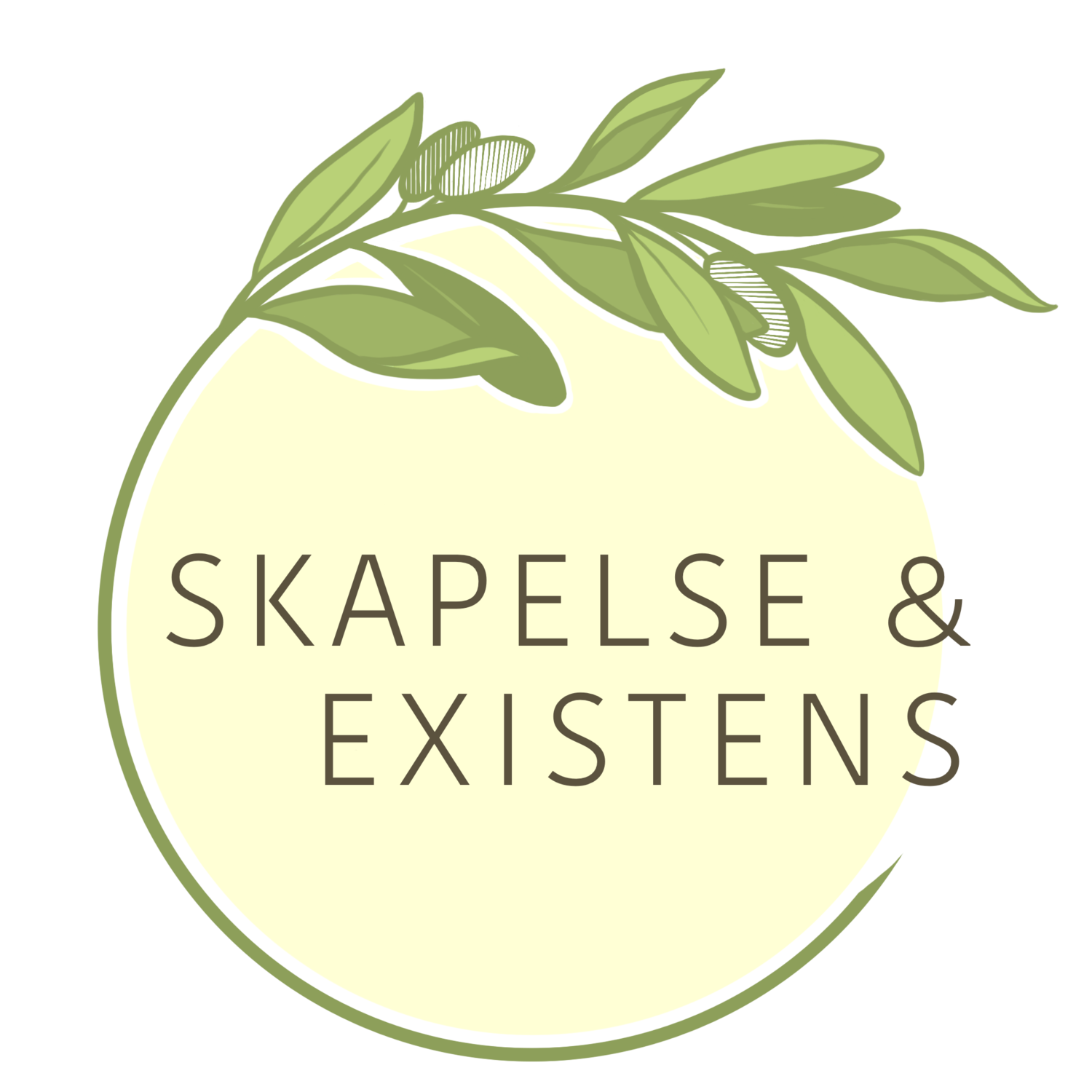Nyårsdagen: I Jesu namn
Författare: Alasdair Skelton, professor i Geokemi och petrologi vid Stockholms universitet
Andra årgångens texter:
Jesaja 49:13-16
Hebreerbrevet 13:5-8
Lukasevangeliet 13:6-9
According to the New Bible Commentary (Davidson et al., 1953), the parable of the fig tree concludes Jesus’ teaching about the crisis for Israel. This is the crisis brought about by His coming. According to this commentary, the fire Jesus has brought down on the Earth symbolizes the message and power of the Holy Spirit. On Boxing Day in the Gospel of Lucas (12:49–53), we were taught that this crisis would bring divisions among people, among families. This is a time of choice for Israel. To repent or to turn away.
Before we are told the parable of the fig tree, Jesus explains that a custom of that time which was that human suffering can be used as a measure of the sufferer’s wickedness was flawed. Instead, repentance is a collective need for us all. The parable itself concludes this teaching with a message of hope. The fig tree can be a metaphor for Israel given one more chance to repent. Perhaps the gardener represents Jesus as an advocate to God for Israel in its and for us and our time of crisis.
From the perspective of the climate and ecological crisis, our common home could be that fig tree. There could be many reasons that it does not bear fruit, but an obvious one that mirrors our exploitive use of God’s creation is that the soil has, by overuse, become exhausted of the nutrients the tree needs for its survival.
Climate scientist, Kimberly Nicholas in Under the Sky We Make contrasts two mindsets. The first of them is an exploitive mindset, whereby human beings view themselves as the crown of creation and in which nature exists for the sole purpose of providing for our needs. This is the mindset that brings our fig tree to its destruction.
In the first seventy years of the Anthropocene, our energy consumption rose by a factor of 5, far outpacing population growth. This was made possible by burning fossil fuels; by burning plants, plankton and algae that lived in the geological past. Those living things took carbon dioxide from the air by photosynthesis and stored it in their bodies. By burning them, we put the carbon dioxide that they have stored for hundreds of millions of years back in the air again. This has brought us to the point in time when every third molecule of carbon dioxide in the air we breathe was put there by ourselves. This carbon dioxide has warmed our common home by one degree in many of our lifetimes. This warming is the cause of the climate and ecological crisis that is all around us. Lessons from the geological record tell us that unheeded, this crisis will lead us to destruction. The fig tree will die.
The other mindset which Kimberly Nicholas describes is a regenerative one. Human beings are a part of the creation. We are a part of nature and our giving and taking are in pace with one another. The gardener, Jesus, nurtures the fig tree. He feeds it and it feeds us. Perhaps we are called to be that gardener, but for our common home. We, like Israel, are being given one more chance in our time of crisis.

